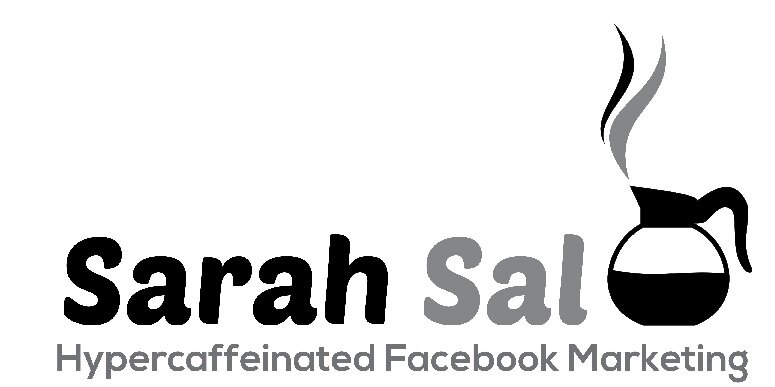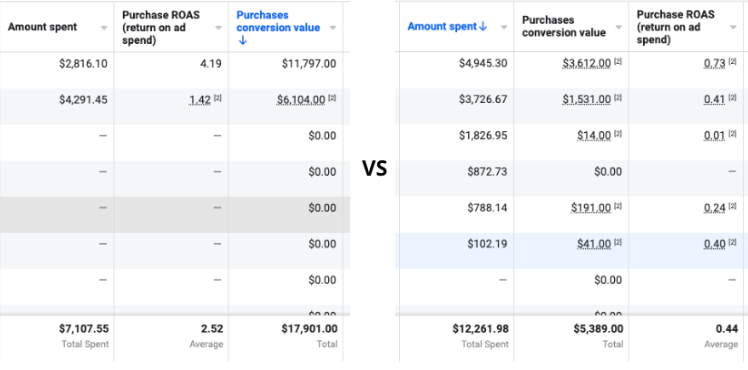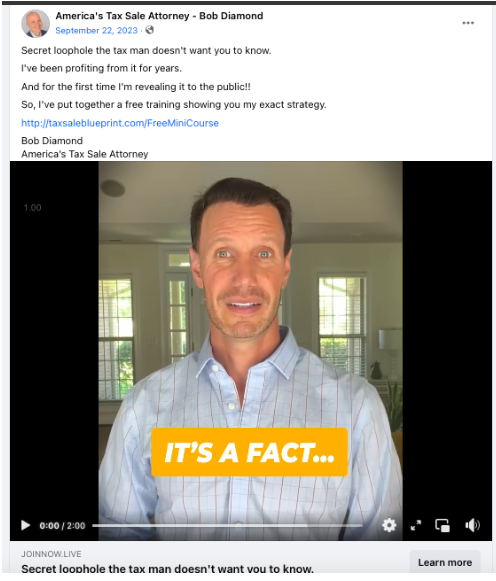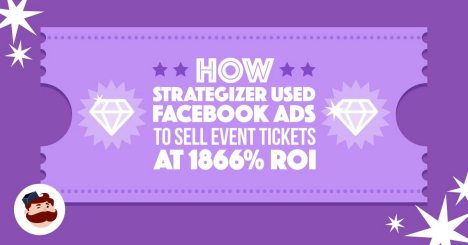What if I told you that the very handicap I once hated is exactly what helped me take a Facebook ads campaign from a 0.44 ROAS to a 2.52 ROAS, a 5.7X improvement?
Let me explain with a story.
Back in high school, I was reading a physics book when my French teacher approached me. With a voice full of disappointment, she said, "Sarah, just so you know, French is way more important than physics."
It took me a lot of self-control not to reply with: "Of course, because the light and electricity in this room exist thanks to French grammar, not physics."
The truth? I struggled with grammar and writing. Whenever we had to write a dissertation on Oscar Wilde or Voltaire, my work was nothing but pure disappointment.
Even in German class, I was told," With the mistakes you make, you might be dyslexic. You should get tested."
So, what does any of this have to do with creating high-converting ads?
Because I couldn't write from a blank page, I was forced to find another way.
I stopped writing ads.
And started assembling them.
I researched the topic. I read articles. I listened to stories. I paid attention to the exact words real people used to describe their problems.
And without realizing it, my greatest handicap became my superpower: I learned to write ads that don't sound like ads.
In this case study, I'll share how I utilized the media and popular news articles to find stories that inspired me to write ads that outperformed a client's original campaign by 5.7 times.
How I Achieved a 2.52X ROAS on a $1,997 High-Ticket Course
Bob Diamond, a real estate attorney and investor you may recognize from FOX, NBC, CNBC, NPR, or TLC's Flip That House, sells a high-ticket course on recovering unclaimed funds, particularly tax and mortgage overages.
When I was brought in to run ads for his webinar, I uncovered something unusual: Bob wasn’t working with just one advertiser. He had 11 different ad accounts, each managed by a different advertiser.
The idea was simple: have us compete against each other to see who could deliver the best results, while also encouraging us to learn from each other's successful tactics.
Initially, the company's goal was to break even at 1X ROAS. But midway through the project, the target changed to: “now we needed to hit 2X ROAS within six weeks”
I surpassed that goal in just four weeks, producing the highest-performing campaign:
ROAS: 2.52
Ad Spend: $7,107.55
Sales Generated: $17,901
For comparison, the second-best advertiser during that period spent $12,261.98 but generated only $5,389 in sales, a 0.44 ROAS.
Next, I’ll explain how I achieved these results.
The Storytelling Approach That Improved Facebook Ads ROAS 5.7X
When I first reviewed the ads promoting the webinar, one thing stood out: the copy wasn’t persuasive.
Improving the ad copy was the only thing I changed. The targeting, campaign structure, and everything else remained 100% the same.
Here’s the ad another advertiser was running:
The ad sounded like every other “make money” pitch out there, promising a secret loophole that no one else knew about. But really, what loophole? French kissing tax officials to score real estate deals? Selling frozen pizzas online with a 10,000% markup?
That’s the problem: it was vague, unbelievable, and easy to ignore.
I knew I needed a different approach. A story. Something real. Something people could instantly connect with, and that would naturally explain what tax overage is, and why this is a real business opportunity.
So I turned to Google to try to find such stories, which led me to a story that multiple newspapers and TV stations had covered.
If a story is powerful enough to go viral in the media, it’s powerful enough to stop the scroll in an ad.
Here’s the ad I wrote based on that story.
We can break the above ad into four main blocks:
1) The Emotional Hook: I used an emotional story as an opening hook to capture people's attention, get them to stop scrolling, and read the ad.
2) The Proof: Instead of saying “just trust me,” I backed the story with third-party stats to prove the problem is real. (In the health niche, where I’ve run a lot of ads, this is where I’d reference scientific studies.)
3) The Authority Bridge: Here is where I bridged the gap and showed why Bob Diamond is the expert worth listening to. At the same time, I built a desire for the webinar by connecting the story to what the audience could gain. A good ad doesn't stop at a story; it shows how the offer directly benefits the reader.
4) Offer/Call to action: Finally, I invited readers to join the free training.
Of course, this wasn't the only story I turned into an ad, but for the sake of this blog post, one example will suffice.
Want to learn how to turn everyday stories into high-converting ads?
There’s only so much I can teach in a single blog post. That’s why I’m creating a “look over my shoulder” course where I show you exactly how I turn a blank page into high-converting, money-making ads. You’ll see every step, every tweak, every trick, and all those “aha” moments that make an ad irresistible.
Want in? Click the link below to sign up, and I’ll let you know the moment it’s live. You’ll also get 50% off the course and a free eBook showing how I used customer interviews to create ads that generated 1280% ROI on a $2,000 high-ticket course.

















































